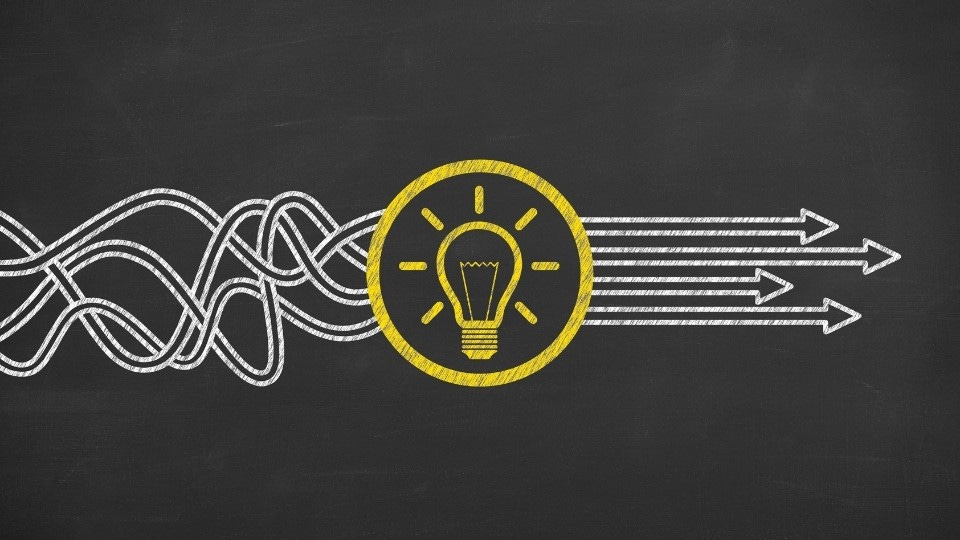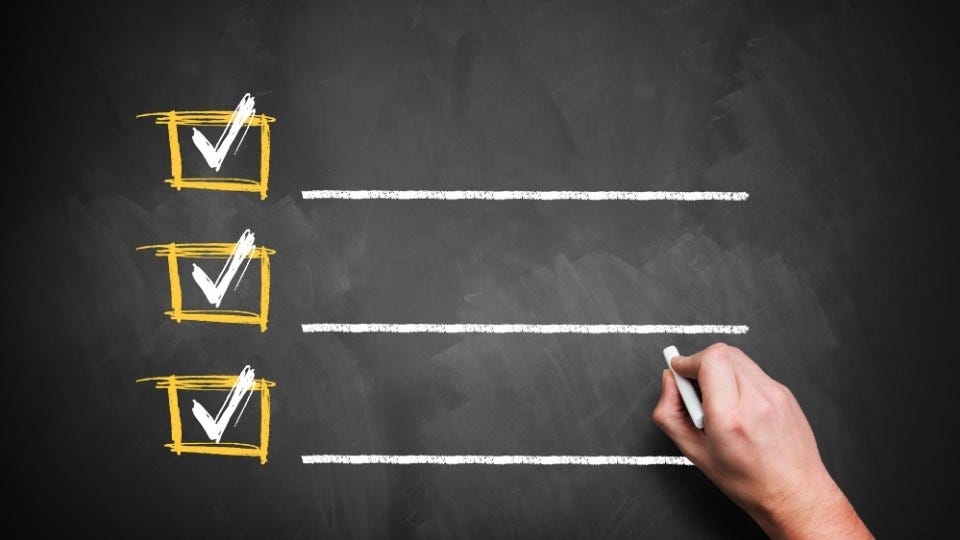Unbundle How You Think to Stay Ahead of Your Competition
Create innovative ideas and action plans using parallel thinking
👋 Hello! I’m Peter, and you're reading Partner Trends - the newsletter that helps you build and leverage successful partnerships and partner programs.
I started Partner Trends to stay up to date on what’s happening in our world of partnerships and alliances, and I’m very grateful to everyone who has subscribed!
If you enjoy or get value from Partner Trends, I would greatly appreciate it if you’d share this with your friends and colleagues.
If you're not a subscriber yet and want to sign up for future issues, you can subscribe here.
Innovation is a way to stay on top of the competition, reduce costs, and bring new products and services to the market more quickly. In partnerships, innovation is our competitive advantage. We recognize that our partners’ and customers' needs are in constant evolution so, to be successful, we always have to be many steps ahead. The challenge with embracing new innovative ideas is that we often underestimate what it takes to break down the barrier to go from “We know our customers and partners best” to “We don’t know everything.”
When we think and plan in typical ways, we try to do too much at once. We tend to look for information, compare someone else’s ideas, and form opinions simultaneously. Instead of trying to do everything at once, we need to unbundle the different aspects of thinking. This way, we can pay full attention to each perspective in turn. An alternative approach to forming new ideas that promote unbundling is the process of parallel thinking. Parallel thinking techniques such as the Disney Creative Strategy spotlight unique ideas by adopting different viewpoints to generate, refine, and critique creative solutions. It is a structured brainstorm session that delivers innovative but practical solutions.
Disney Creative Strategy
The Disney Creative Strategy, also known as the Disney Method, is a parallel thinking method designed by a neuro-linguistic programming (NLP) expert named Robert Dilts in 1994. The creativity technique is attributed to Walt Disney. It is based on retellings from Disney’s former associates who pointed out that there were three versions of Disney, and you would never know which version would be attending your meeting: the Dreamer, the Realist, or the Critic.
Dilts defines the technique as a brainstorming method that allows one person or a group to use a specific thinking flow to generate, evaluate, and critique ideas to solve problems. This creative process unlocks the mind’s ability to dream and form unexpected ideas and solutions for new or existing problems. The advantage of applying the Disney Creative Strategy is that it balances both dream and reality to build an executable strategy.
The Disney Creative Strategy follows a process that is based on three thinking styles:
The Dreamer - What are we going to do? The Dreamer is free to imagine or suggest any idea without constraints or criticism.
The Realist - How are we going to do it? The Realist views the ideas with a pragmatic lens and constructs executable plans for the best ideas.
The Critic - Why are we doing this? The Critic analyzes risk probabilities and finds all possible weak points to prevent failures.
It is easy for people to fall into the trap of mixing these roles while thinking about the future and eliminating the idea too early. In the Disney Creative Strategy, each role is strictly separated. Imagine that each part occupies a room, and the person in the room cannot interact with anyone else in the other rooms.
The Dreamer
The first ‘room’ of the Disney Creative Strategy starts with the Dreamer. The Dreamer believes that anything is possible. The goal is to generate as many ideas as possible without thinking about any restrictions on their implementation. The Dreamer is unaware of criticism or rationalism and focuses on the most imaginative way of solving a problem.
What ideas can you imagine to solve the challenges that you encounter as a partnership manager?
Example of challenges that you may face could be:
How will you attract the types of partners that align with your company’s vision and goals?
How do you get leadership buy-in to get more resources or headcount?
As your partner program grows, how will you continue to enable your partners to succeed?
How do you find a new customer segment or market that you can enter?
How do you manage the sales team’s execution of your partner strategies?
The Realist
The second ‘room’ of the Disney Creative Strategy is the Realist. The Realist acts as if the idea is achievable. During this stage, all thoughts are strategic to turn the imaginary ideas into a manageable action plan. Realists think in terms of resources, budget, and schedule.
Examples of questions to ask could be:
What is the action plan to apply the idea?
How will you measure and monitor for success?
What internal resources do you have? How will you get the resources involved early and often?
How do your current partner and customer journey change as a result of these new ideas?
The Critic
The final ‘room’ of the Disney Creative Strategy is the Critic. Here, you play the role of devil’s advocate and test the plan to find any gaps. The focus is not on the original idea but the recommended strategic plans. Critics look for problems, difficulties, and unintended consequences in the plan and weigh the payoffs against the drawbacks.
Examples of questions to ask could be:
Does the plan produce an outcome that aligns with the company’s goals and vision?
Who might object to the plan and why?
What could go wrong with this plan?
Will your sales teams buy into the plan?
How much time is needed?
Critics only provide constructive feedback and are not negative. After the Critic has completed their task, they can advise on whether to reject the idea and plan or to pass it back to the Dreamer to revise the abandon the idea entirely or modify the idea to start the cycle again.
The next generation of partnerships and ecosystems will require more efficient and creative ways to be successful. Without a proper framework to follow, innovative ideas can get buried prematurely in doubts and fears. The Disney Creative Strategy is a powerful tool to help both you and your team channel the inner creativity effectively that ensures all paths to success are flowing in the same direction. As a result, you will reach a solid creative idea with an action plan to apply it.
Did you enjoy this article? Please feel free to share this article with others on LinkedIn, Twitter, or Facebook.
Subscribe now to get instant access to the latest articles covering partnership and alliance growth when they arrive.









Peter, this article was enlightening! Walt Disney and his view of the world was always ahead of his time; one of the great thinkers and visionaries over the last 100 years! I will share this with my network and looking forward to hearing more from you!
Very interesting. I’m going to share with Chris Kane, Steve Cook and Phil Shepherd who are all working with their own methodologies.